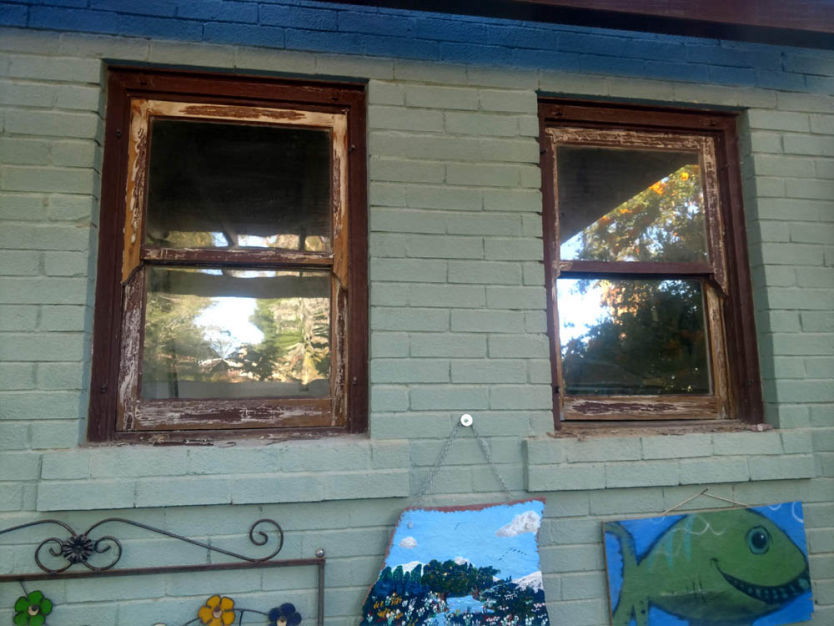
My Old House
This page is dedicated to adding information about owning and caring for a historic home. If you have any good information that would benefit others in the neighborhood, please contact us so we can include it here.

This page is dedicated to adding information about owning and caring for a historic home. If you have any good information that would benefit others in the neighborhood, please contact us so we can include it here.
Most of us live in our historic homes for their inherent charm and character. However, they can also present challenges. One of the most common concerns that I get called to look at is distress that presents as visible cracking in walls and ceilings. Sometimes this is cosmetic and related to thermal movement, while other times it is more structural in nature.
When I am called upon to investigate, the question that I try to answer first is, “what changed?” or “why now?”. Often, the answer is that nothing or very little has changed recently, and evidence of historical repairs is observed throughout the dwelling indicating that the situation is not new. Which leads to my second question, which is, “What is causing (or originally caused) the distress? There are typically two variables that contribute to this. One is soil movement and the second is overstress in the framing members, and often but not always the two are related.
Soil movement can be the result of several factors with the most common being fugitive moisture. In most of the cases that I investigate, a water source is near the location where the distress is observed. This is especially true when the distress is observed in exterior (or perimeter) walls and or foundation stem walls. Water sources such as irrigation, leaking valves, poor grading, and air conditioner condensate lines can all be culprits.
When the distress is seen in ceilings and interior (or non-perimeter) walls, the issue can become a bit more challenging to diagnose, especially in homes that have a crawl space between the floor and ground. Common causes can be soil related, as well as framing related. Evidence that I look for in this case includes historical plumbing leaks, missing or deteriorated supports, cracked or deteriorated beams or joists and any evidence of structural modifications.
Historical plumbing leaks are fugitive moisture sources, often resulting in soil movement in the immediate area of the leak. Naturally, this often occurs in bathroom and kitchen areas. I have witnessed many homes where plumbing leaks were repaired, but no consideration was given to addressing the affected soils where the leak occurred. Plumbing leaks can also initiate deterioration in the wood framing members, whether they be the vertical support posts that are common in crawl space homes, or the horizontal beams and joists in the floor framing systems.
While structural alterations require a building permit, there are occasions when modifications have been performed without any consideration given to the structure. Every now and then, this has luckily resulted without consequence. More often the result is excessive deflections which present as cracks in the finishes or, in extreme cases, failure and collapse. This however is rare as a problem that severe would likely present itself during construction.
A couple of fair questions are, “why is my house cracking?”, and “how do I fix it?” To which I would respond by saying have it investigated by a professional engineer, preferably one with experience in historic homes and construction methods. There are many good foundation repair companies that may be consulted. In my experience the best ones are those that will recommend you get an unbiased opinion from a professional engineer prior to recommending expensive repairs. There are many instances where the distress can be monitored and easily remedied or maintained without the need for more aggressive foundation stabilization. I do not discount the effectiveness of foundation repairs and reinforcements, and there are plenty of times where they are warranted. However, when appropriate, consideration should be given to effective and economical solutions prior to recommending more aggressive methods.